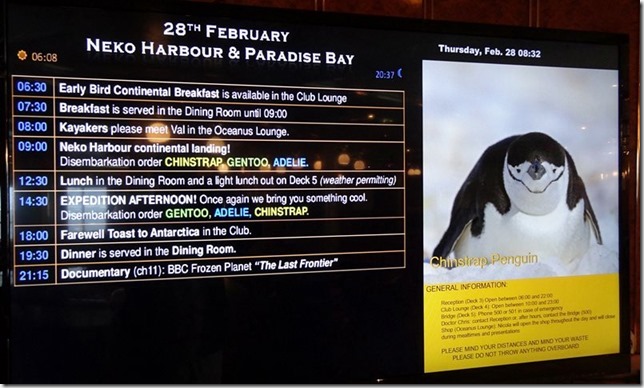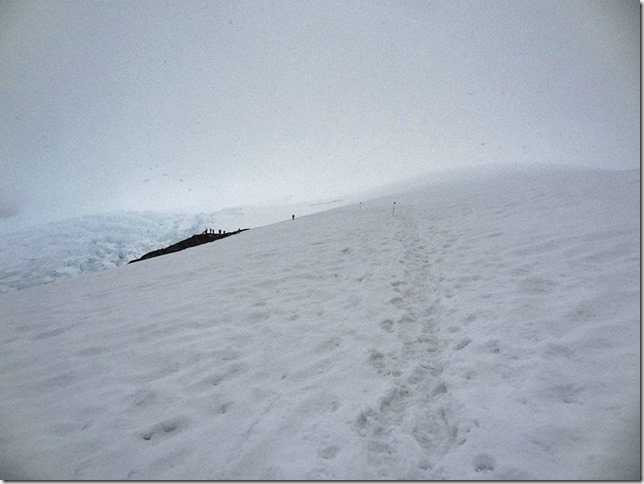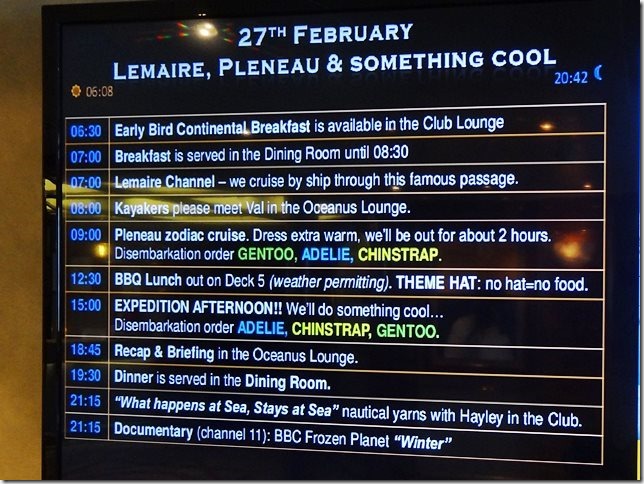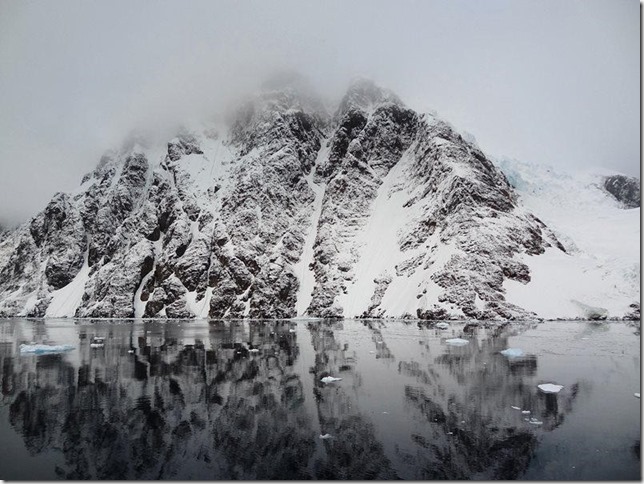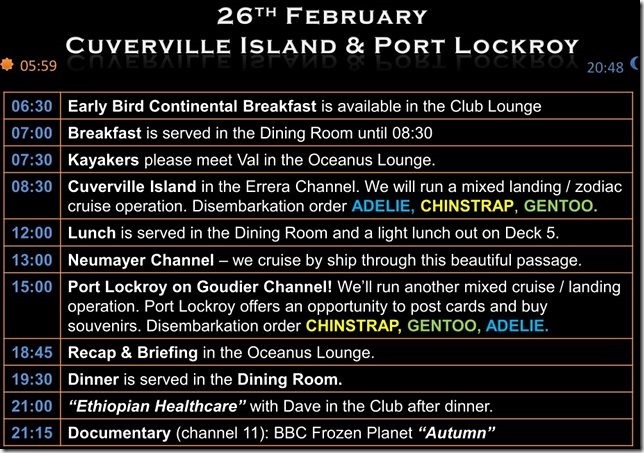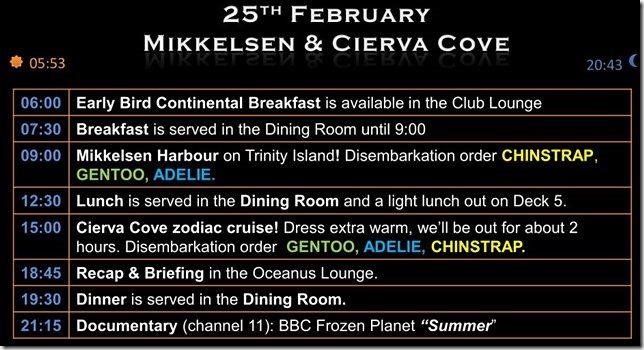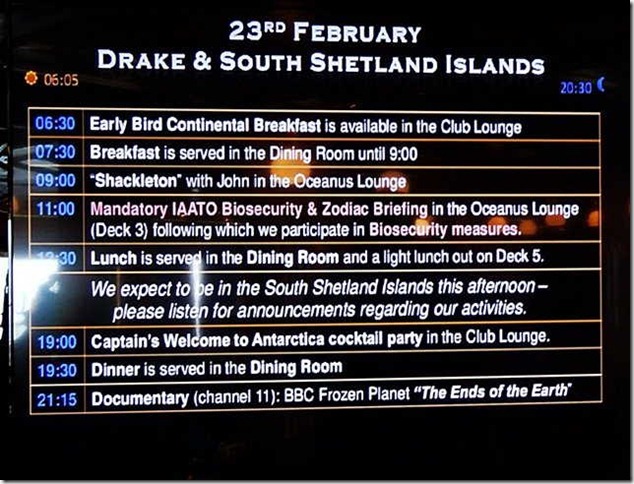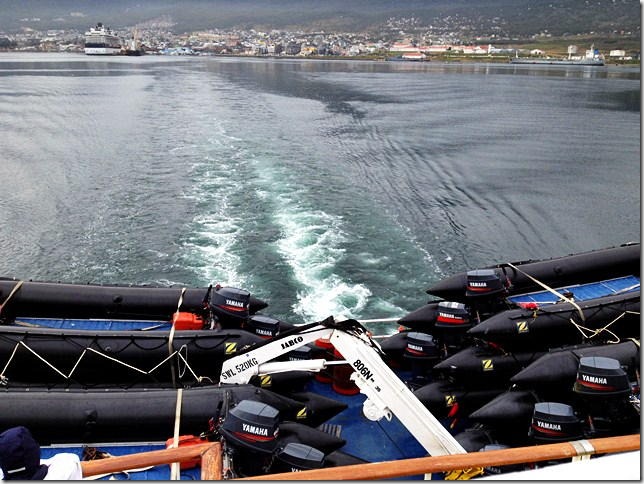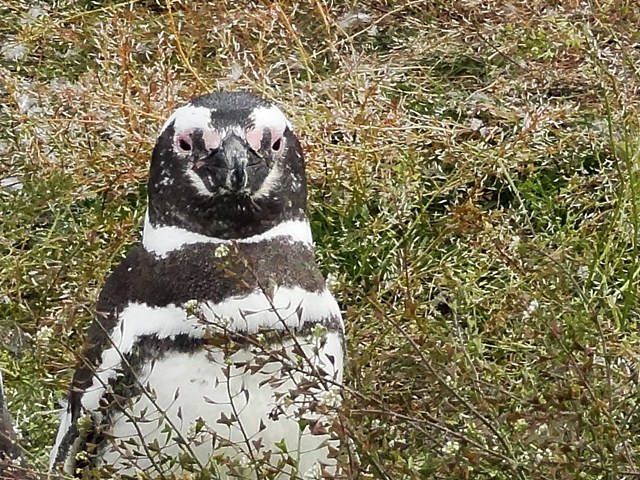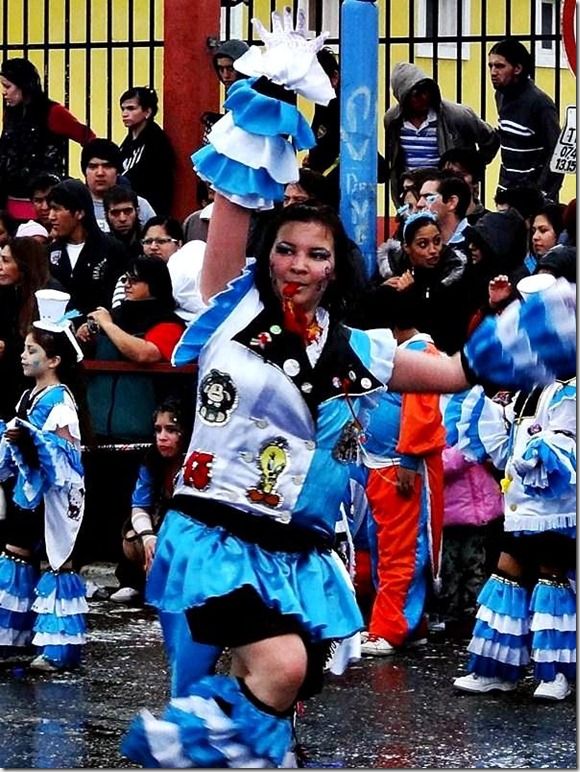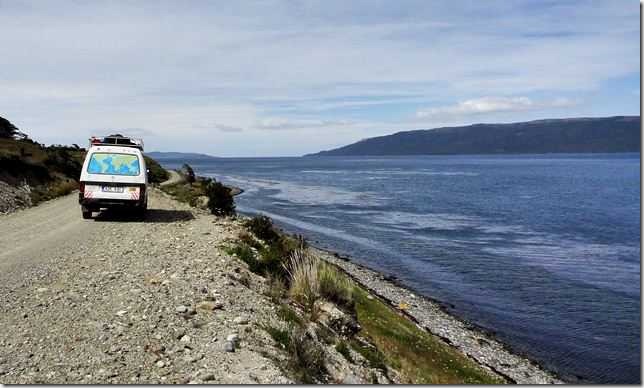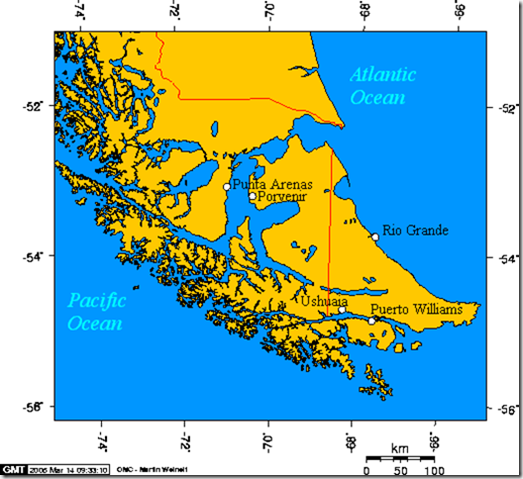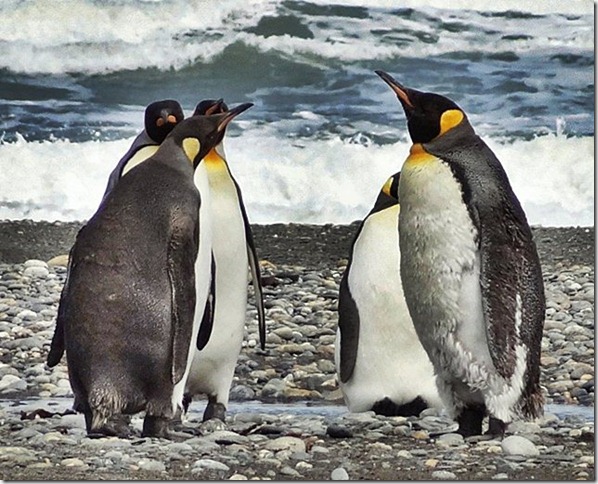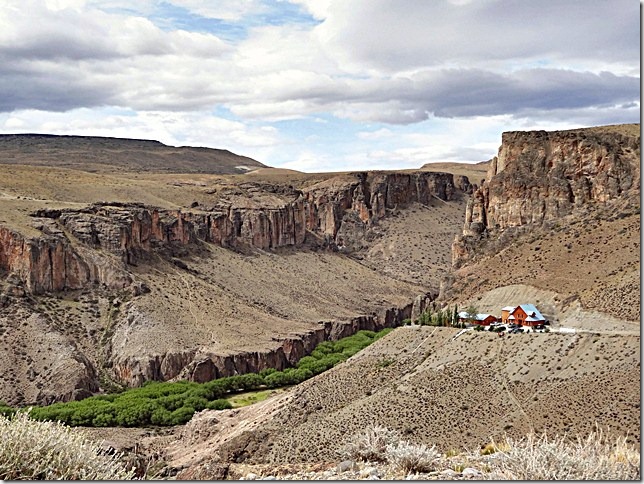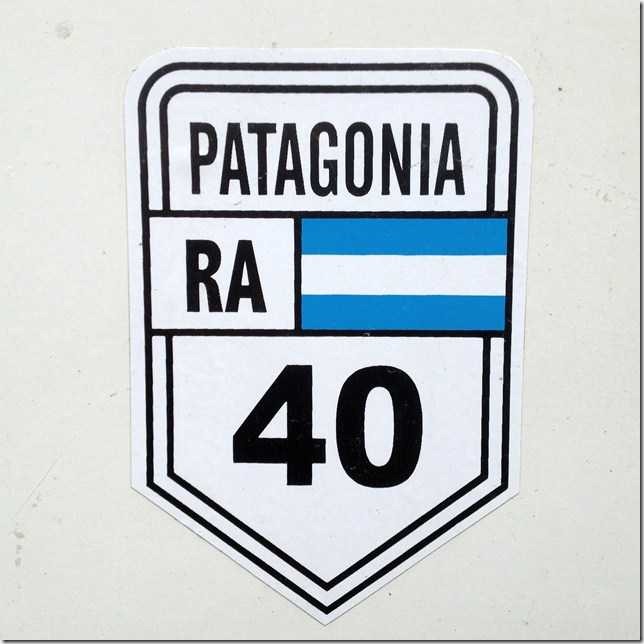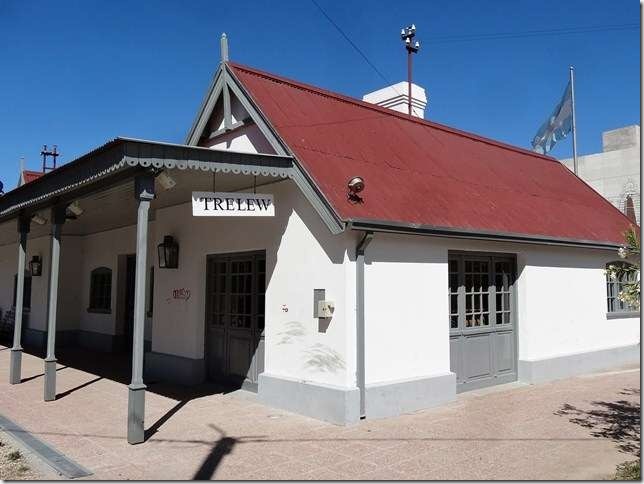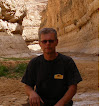"Beware of all Enterprises that require new clothes". - Henry David Thoreau.
I hope that this statement is not proper during the following days. Last night after the lifeboat alarm we were given a little time to take the bigger and basic life - jackets back to the cabin. Every jacket has the cabin number and is in use only in case of an emergency. In addition there are another smaller life - jackets in the cabins, they are not personal and are in everyday use while out at sea in the rubber boats "Zodiac".
Then we were handed over the necessary clothing and footwear of visiting Antarctica. The wardrobe consists of a new yellow warm hooded winter jacket and rubber boots. One was allowed to keep the jacket later as a memory, but boots had to be returned. As to the rest of the things– gloves, hat and waterproof pants – everybody was supposed to have them themselves. Because landing will take place just directly at the shore, not in port and inevitably one must walk the last few meters in water. In fact it was possible to buy or rent all the necessary equipment in Ushuaia. I had read commendations from several blogs - to take with enough memory cards to fit all the pictures and videos, but here from the shop on board it was possible to buy either memory cards or various warm and waterproof clothing.
Fortunately I have enough warm clothes with as in March 2010 by the same bus crossing the Alps gave me valuable experience what should be taken with and what to wear.
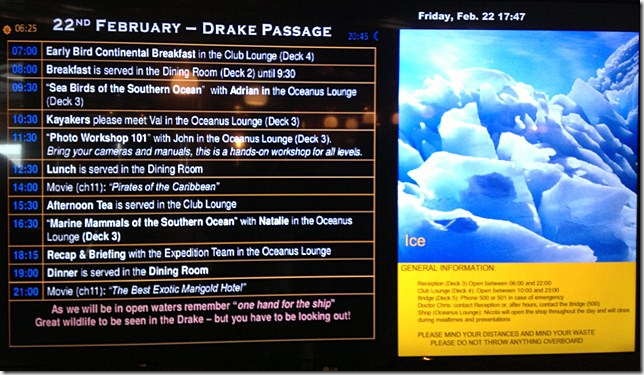
The agenda of February 22. We were told that the daily schedule will be followed - but first of all the weather conditions dictate where to go ashore and where not. It is very sensible because nature has to be considered first. And not following the plans blindly. Flexibility is important.
Overall there are planned two landings a day - one in the morning and another in the afternoon.
The morning seminar was about the birds we will see during these days and the second one gave useful hints on photography themes.
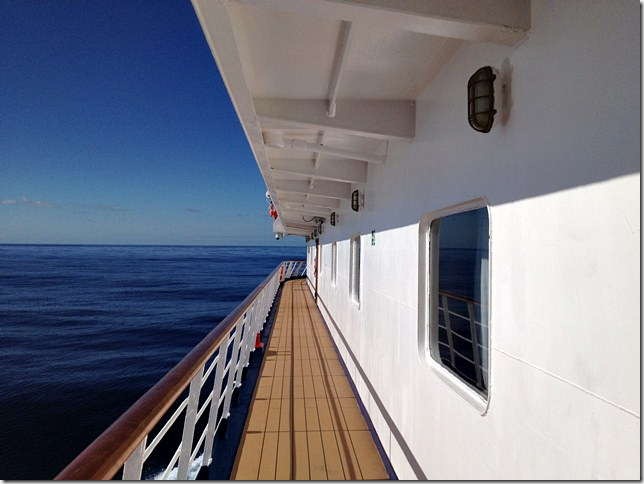
The morning was beautiful, sunny and no big waves. This kind of Drake Strait also exists. It was in the morning. Later on the sky turned cloudier and it began to rain. And of course the wind turned heavier and the waves were bigger and bigger and bigger. In another briefing it was mentioned that there was a doctor on board and if necessary – one could get help.
About the cabin. I was in a double cabin that was located just at the nose of the ship. And this place meant real shaking and rocking. The first night was ok in every way but during the next night it it was essential to hold on to the bed firmly otherwise one could fall out. Seat belts would have been helpful. Still - Drake Strait.
Internet. According to my knowledge the first post came up, I did not see any error message and Windows Live Writer did what it should do. I could even add one picture and by now 2 mega has gone from the limit of 10 mega internet.
A few words about the colourful world of power plugs and sockets. In the cabins there are mostly 110V and U.S. standard sockets and only my Nikon camera battery charger belonged to this category. Good and positive news was that in the cabin there was a 220V socket and the bad news again was that it didn`t provide enough power for laptop. I had considered that all the rest of the stuff (the Sony camera and phone) could be be loaded over the USB flap, but now it meant to spread out all the wires and other things in some public room. And hope that nobody will stumble over them.
